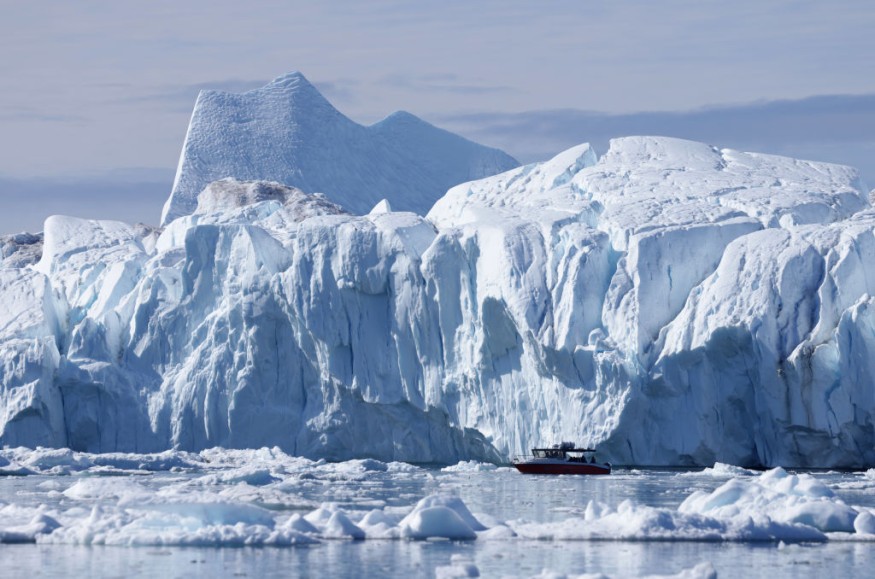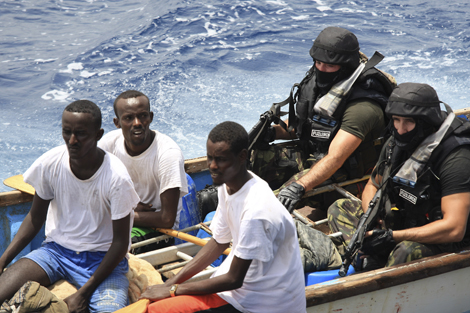A U.S. Nuclear Installation Beneath Greenland's Ice: History And Discovery

Table of Contents
The Genesis of Camp Century: A Cold War Project Under the Ice
Camp Century, established in the 1950s, wasn't simply an arctic research station as initially portrayed. It was a crucial component of Project Iceworm, a far more ambitious and clandestine Cold War initiative. The U.S. military sought to leverage Greenland's strategic arctic location to establish a network of underground missile bases capable of launching nuclear weapons against the Soviet Union.
- Greenland's Strategic Location: Greenland's proximity to the Soviet Union made it a geographically ideal location for launching a surprise nuclear attack. Its vast ice sheet provided an ostensibly perfect cover for a secret military installation.
- Construction Challenges: Building a functional base beneath a massive ice sheet presented enormous logistical and engineering challenges. The extreme cold, the constant movement of the ice, and the sheer scale of the undertaking necessitated innovative and highly classified technologies.
- Secrecy and Deception: The true nature of Camp Century was kept shrouded in secrecy. The project was presented as a scientific research outpost to the international community and even to many within the U.S. military itself. This deception allowed the U.S. to pursue its strategic military objectives under the guise of scientific exploration.
The Nuclear Component: Radioactive Waste and Environmental Concerns
The recently rediscovered truth about Camp Century is far more alarming than its original cover story suggested. The facility wasn't just a military base; it also housed a substantial amount of radioactive waste. This revelation presents serious environmental risks, particularly with the accelerating effects of climate change.
- Types of Radioactive Materials: The waste includes radioactive coolant from the nuclear power plant that provided electricity to the base, as well as other radioactive materials used in the facility's operations. The precise quantities and the exact composition of the waste are still being assessed.
- Potential Pathways of Contamination: The melting of the Greenland ice sheet, accelerated by climate change, poses a significant threat. As the ice melts, it could potentially release radioactive contaminants into the surrounding environment, contaminating water supplies and ecosystems.
- Long-Term Environmental Consequences: The potential for widespread environmental damage is considerable. Radioactive contamination could have long-lasting effects on the fragile Arctic ecosystem, impacting wildlife, and potentially even affecting human populations.
- Ongoing Assessment and Potential Cleanup: International efforts are underway to assess the extent of the contamination and explore potential cleanup strategies. The logistical challenges involved in remediating a site buried under miles of ice are immense.
The Discovery and its Implications: Scientific Research and Geopolitical Ramifications
The rediscovery of Camp Century and the extent of the radioactive waste is a direct result of recent scientific research focused on the melting ice sheet and climate change. This discovery has far-reaching implications, both scientifically and geopolitically.
- Climate Change's Revealing Role: The accelerated melting of the Greenland ice sheet, a direct consequence of climate change, is inadvertently revealing secrets buried for decades. The rising temperatures are causing the ice to melt at an alarming rate, exposing Camp Century's location and its hazardous contents.
- Legal and Ethical Considerations: The discovery raises significant legal and ethical questions regarding the responsibility of the U.S. government for the environmental damage caused by its actions during the Cold War. International laws concerning environmental protection and the handling of nuclear waste are central to this discussion.
- Impact on Greenland's Sovereignty and Environment: This issue directly impacts Greenland's sovereignty and its fragile environment. The potential for environmental damage demands international collaboration and a commitment to responsible remediation efforts.
- International Collaboration and Agreements: International cooperation is essential for addressing this challenge. Agreements between the U.S. and Greenland, as well as other international bodies, will be crucial in determining how to address the nuclear waste and mitigate any further environmental damage.
Conclusion
The discovery of a U.S. nuclear installation beneath Greenland's ice reveals a disturbing chapter in Cold War history and highlights the urgent need for environmental responsibility. The presence of significant radioactive waste, coupled with the accelerating effects of climate change, poses a significant threat to the Arctic environment. This discovery underscores the long-term consequences of Cold War secrecy and the need for transparency in managing nuclear materials. What are the long-term solutions for the nuclear waste beneath Greenland's ice, and how can we prevent similar situations in the future? Learn more about the history of Camp Century and the ongoing challenges of this U.S. nuclear installation beneath Greenland's ice.

Featured Posts
-
 The Vercel La Liga Dispute Examining The Ethics Of Internet Censorship In The Fight Against Piracy
May 16, 2025
The Vercel La Liga Dispute Examining The Ethics Of Internet Censorship In The Fight Against Piracy
May 16, 2025 -
 Analyzing The Performance Of Dodgers Minor Leaguers Kim Outman And Sauer
May 16, 2025
Analyzing The Performance Of Dodgers Minor Leaguers Kim Outman And Sauer
May 16, 2025 -
 Eastpointe Police Investigate Fatal Foot Locker Parking Lot Shooting
May 16, 2025
Eastpointe Police Investigate Fatal Foot Locker Parking Lot Shooting
May 16, 2025 -
 Padres 2025 Season A Look Ahead To The Cubs Home Opener
May 16, 2025
Padres 2025 Season A Look Ahead To The Cubs Home Opener
May 16, 2025 -
 Presidential Power And Pardons The Trump Administrations Approach
May 16, 2025
Presidential Power And Pardons The Trump Administrations Approach
May 16, 2025
